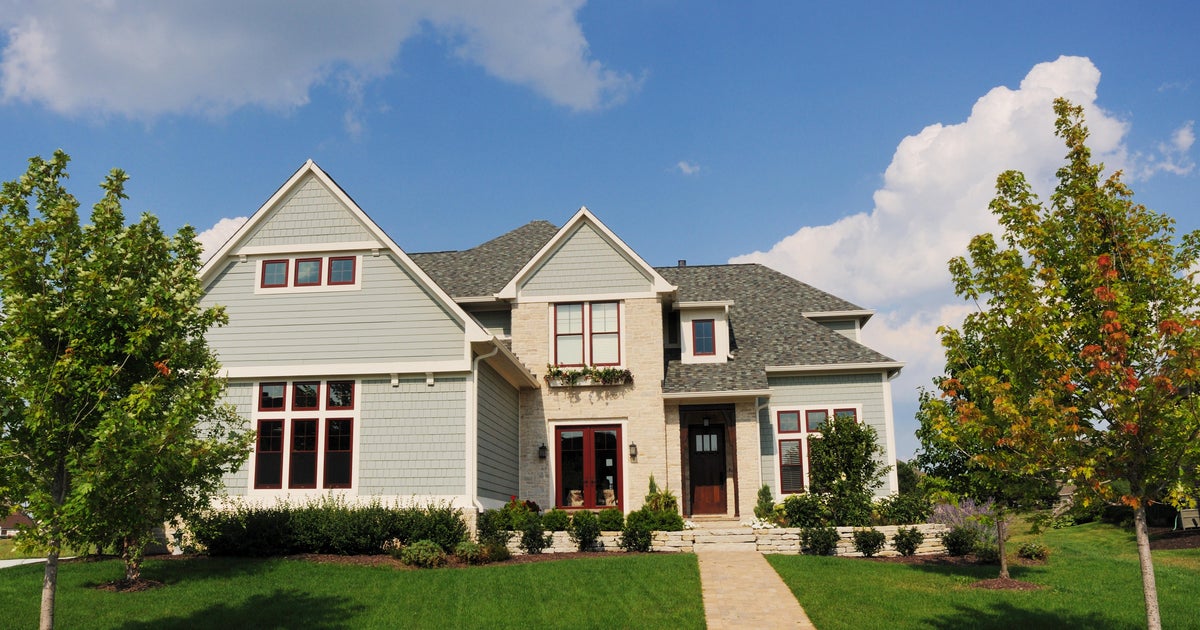Average Americans can't afford a home in 70 percent of the country
- Homes are actually a bit more affordable today than a year ago, and experts are watching to see if that will continue in 2019.
- Still, in more than 70 percent of the country, home prices are more than the average worker can afford.
- Brooklyn and Manhattan took the largest share of income to buy a home — 115 percent.
Even with rising wages and falling mortgage rates, Americans can't afford a home in more than 70 percent of the country. Out of 473 U.S. counties analyzed in a report, 335 listed median home prices more than what average wage earners could afford, according to a report from ATTOM Data Solutions. Among them are the counties that include Los Angeles and San Diego in California, as well as Miami-Dade County in Florida and Maricopa County in Arizona.
New York City claimed the largest share of a person's income to purchase a home, according to the report. While average earners nationwide need to spend only about one-third of their income on a home, residents in Brooklyn and Manhattan must shell out more than 115 percent of their income. In San Francisco, residents must spend 103 percent, and in Hawaii's Maui County, it takes 101 percent. Homes were found to be affordable in Chicago, Cleveland, Houston, Detroit and Philadelphia.
Edging toward a buyer's market
Broadly speaking, homes are more affordable today than they were one year ago. While home prices are still rising in many areas, they're also falling in others. Unaffordability in the market has been the result of slower homebuilding and homeowners staying put longer. Both trends have reduced the supply of homes for sale in the market.
So long as interest rates don't go up and the impact from last year's tax cuts don't wholly fade away, the market may yet create better conditions for buyers. "Affordability may improve because of the simple fact that homes are out of reach for so many home seekers," Todd Teta, chief product officer at ATTOM Data Solutions, said in a statement.
Lending standards are tighter
Today's market is also more affordable than it was 10 years ago, before the housing crisis. Pre-Great Recession, home prices were higher or about the same, and income -- even adjusted for inflation -- was lower. But offsetting those conditions was rampant subprime mortgage lending, which allowed many people to buy homes they really couldn't afford.
"What kept the market going was looser lending standards, so that was compensating for affordability issues," Teta said. Lending standards have toughened since then, and the Federal Housing Administration in March has made it even more difficult for many Americans to own homes.



